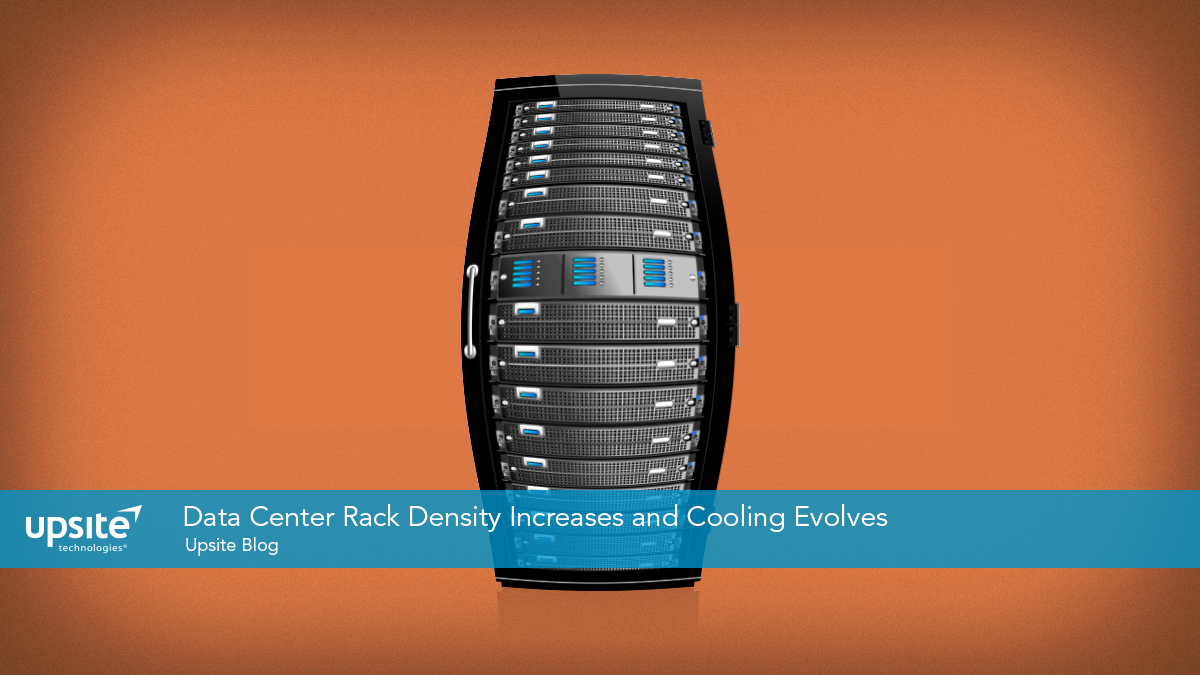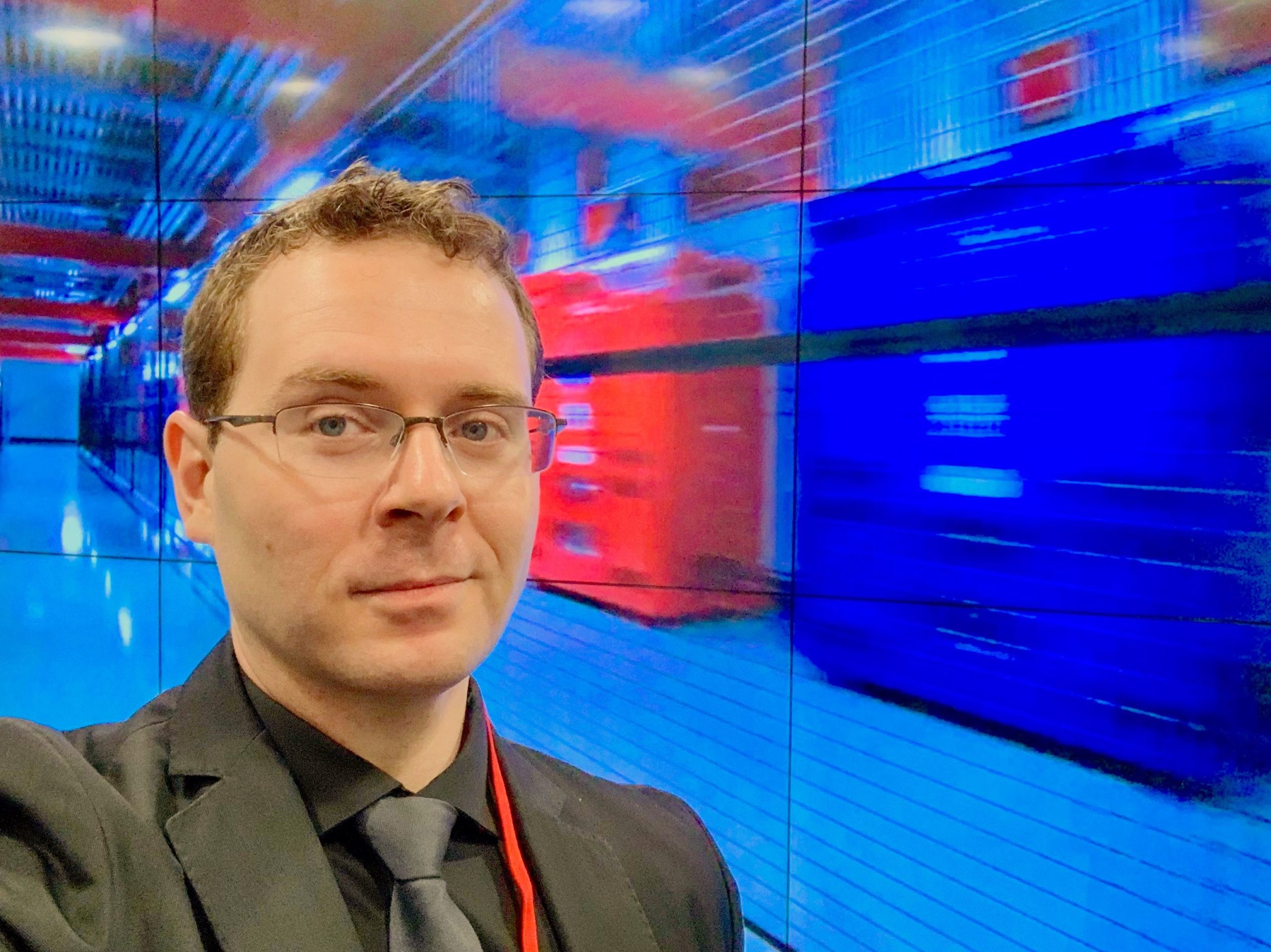Data Center Rack Density Increases and Cooling Evolves10 min read

Almost every data center project these days is revolving around the demand for more utilization while focusing on improved efficiency. That is, do more – while still being economical. This means smaller data center footprints, new types of data center designs, and new types of converged architectures. As we place more users and workloads into a single rack, we also see the density of that rack increase.
To that extent, working with new cooling and power considerations is critical in the age of data center rack density requirements. Gartner estimates that ongoing power costs are increasing at least 10% per year due to cost per kilowatt-hour (kWh) increases and underlying demand, especially for high power density servers.
With that in mind, here is an excerpt from the AFCOM State of the Data Center Report which l presented at this year’s AFCOM Data Center World keynote session. As we examined our findings, we saw emerging technologies impacting the way we power and cool our data centers. Furthermore, greater levels of redundancy are being implemented to ensure costs of an outage remain low. Finally, we also see new power sources emerge for the data center market.
The typical respondent reports an estimated average of 16.9 kW rack density in their primary data centers. The majority (70%) report that rack density has increased in the past three years, including 21% who say it has increased significantly. Furthermore, edge data center solutions are also impacting rack density and the way we deploy smaller data center locations.
When we asked about the edge and where adoption is happening, the results were very interesting:
- 29% of respondents indicated that they’re either already implementing or will be deploying edge compute capacity over the next 12 months
- 30% stated that they have 6-10 edge locations deployed already. 57% stated that they’d have 21-40 potential edge locations within 36 months
- Currently, the average power density for edge deployments is 6kW-10kW per rack as indicated by about 34% of our respondents
As we gathered the results we quickly saw that organizations are not only dealing with increased rack density, they’re also working through new kinds of cooling requirements.
Cooling efficiency and redundancy
When it comes to keeping levels of redundancy, respondents from the State of the Data Center Survey indicated they take up time very seriously. About 80% of respondents indicated that, for their power redundancy levels, they’re at least at N+1 levels. Over the course of the next 12-36 months, about 30% will incorporate N+2 levels of redundancy.
We see similar levels when it comes to cooling redundancy. 78% indicate that they have at least N+1 redundancy for cooling. Over the next 12-36 months, 27% will be leveraging at least N+2 levels of redundancy.
This is a pretty big change from the report we did in 2015. In that study, we saw that at least 55% were leveraging N+1 power redundancy levels. Furthermore, from our past study, we learned that more than 58% indicated that they currently run, and will continue to run, at least N+1 redundant cooling systems.
It’s pretty clear that organizations are incorporating resiliency into their data center design plans. After all, outages today versus just a few years ago are much costlier to the business.
What You Should Take Away from These Findings
Whether you’re working with a primary data center or an edge location, you need to take into consideration the way you’re delivering power and cooling to your critical systems. The good news is that vendors and partners see the increase concerning rack density and have capable systems which can meet the demands of the modern data center.
This means working with better rack-ready cooling solutions, improving airflow within the data center, and even applying modular cooling solutions. When it comes to various options, look for:
- Solutions which help seal raised-floor data centers. These types of cooling architectures are specifically designed to limit bypass airflow by effectively sealing the openings in raised floors.
- To manage the increase in rack density, look for products which are specifically designed to control intake airflow in server racks.
- As mentioned earlier, modular containment solutions can help out with cooling efficiency. These kinds of solutions are designed to block airflow, ensuring hot and cold aisle separation.
My final, very important recommendation revolves around management. DCIM and environmental monitoring tools can go a long way in helping you become more efficient and proactive. These kinds of data center tools don’t just ‘keep an eye’ on your data center. Rather, they can provide you with actionable data to help improve IT as well as business functionality.
I do not doubt that rack density will continue to increase as virtualization and cloud systems place more users on our racks and servers. To that extent, it’ll be critical for you to plan out your designs and be proactive when it comes to infrastructure deployment. Working with efficient cooling and power solutions can go a long way for your data center requirements.

Bill Kleyman
Industry Analyst | Board Advisory Member | Writer/Blogger/Speaker | Contributing Editor | Executive | Millennial
Bill Kleyman is an award-winning data center, cloud, and digital infrastructure leader. He was ranked globally by an Onalytica Study as one of the leading executives in cloud computing and data security. He has spent more than 15 years specializing in the cybersecurity, virtualization, cloud, and data center industry. As an award-winning technologist, his most recent efforts with the Infrastructure Masons were recognized when he received the 2020 IM100 Award and the 2021 iMasons Education Champion Award for his work with numerous HBCUs and for helping diversify the digital infrastructure talent pool.
As an industry analyst, speaker, and author, Bill helps the digital infrastructure teams develop new ways to impact data center design, cloud architecture, security models (both physical and software), and how to work with new and emerging technologies.
Airflow Management Awareness Month
Free Informative webinars every Tuesday in June.
0 Comments